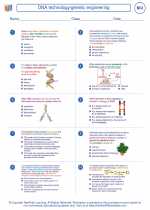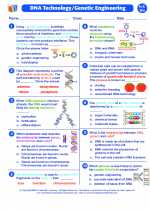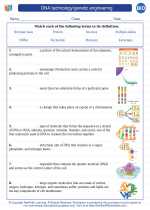Understanding Altruism in Biology
Altruism can be observed in various social animals, such as bees, ants, and certain species of birds and mammals. It is particularly prevalent in species where individuals are closely related, as helping relatives can still benefit the altruistic individual's genes through kin selection.
Examples of Altruism in Biology
Some examples of altruistic behaviors in biology include:
- Worker bees forgoing reproduction to support the queen and raise the offspring of the colony
- Meerkats acting as sentinels to warn the group of potential threats, even though this may attract danger to themselves
- Vervet monkeys giving alarm calls to warn others of predators, even though it may increase their own risk of being targeted
Evolutionary Explanations
From an evolutionary standpoint, altruism can be explained through kin selection, where individuals are more likely to exhibit altruistic behaviors towards close relatives who share a proportion of their genes. This increases the likelihood of the altruistic genes being passed on to future generations, as the relatives who benefit from the altruistic behavior also carry similar genes.
Study Guide for Altruism in Biology
To gain a comprehensive understanding of altruism in biology, consider the following key points for your study:
- Definition: Understand the concept of altruism and how it differs from selfish behavior.
- Examples: Familiarize yourself with specific examples of altruism in different species and the potential benefits to the individuals and their genes.
- Evolutionary Mechanisms: Explore the concept of kin selection and how it contributes to the evolution of altruistic behaviors.
- Challenges and Criticisms: Consider the challenges and criticisms of the evolutionary explanations for altruism, such as the potential for cheating within social groups.
- Human Altruism: Reflect on how the concept of altruism applies to human behavior and societal structures.
By thoroughly understanding the concept of altruism in biology and its implications, you can gain insights into the complex mechanisms that drive social behaviors and cooperation among organisms.
.◂Biology Worksheets and Study Guides High School. DNA technology/genetic engineering

 Worksheet/Answer key
Worksheet/Answer key
 Worksheet/Answer key
Worksheet/Answer key
 Worksheet/Answer key
Worksheet/Answer key
 Vocabulary/Answer key
Vocabulary/Answer key
 Vocabulary/Answer key
Vocabulary/Answer key
 Vocabulary/Answer key
Vocabulary/Answer key
